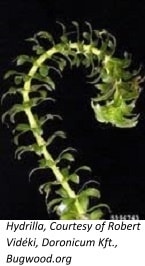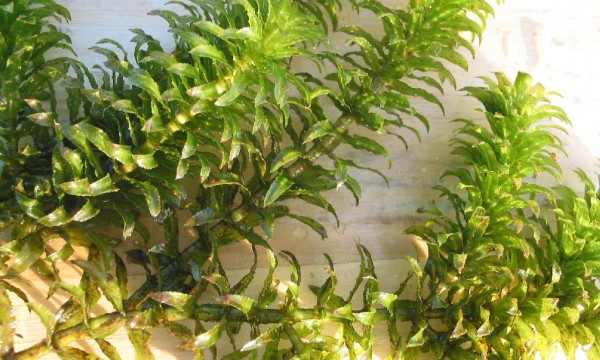The aquatic ecosystem comprised of freshwater habitats like lakes, ponds, rivers, streams, wetlands, and swamps is a vital resource for all forms of life. Aquatic ecosystems are inhabited by aquatic organisms, including animals, plants, and microbes, which depend on water for their food, shelter, reproduction, and all other life activities.
Alien plant invaders are exotic plant species that are non-indigenous or non-native to habitat within an ecosystem. In their new habitat, the alien plant invaders lack natural enemies and are resistant to local diseases. Eventually, the alien plant invaders threaten biodiversity within the habitat and can cause harm to native species.
Upon invading a habitat, alien plant invaders become established because they possess the following traits:
- Fast growth
- Rapid reproduction
- High dispersal ability
- Ability to alter growth to suit environmental conditions
- Tolerance of a wide range of environmental conditions
Many alien plant invaders reach their new habitats accidentally while an equal number were introduced for beneficial purposes and later became habitat invaders. For example, hydrilla (Hydrilla verticillata).
 Hydrilla is an important alien invader of aquatic ecosystems. It was introduced to the United States as an aquarium plant and later became invasive when it was discarded into waterways by aquarium owners. As a submersed aquatic plant species, hydrilla was able to fill the habitat it infested before it was detected.
Hydrilla is an important alien invader of aquatic ecosystems. It was introduced to the United States as an aquarium plant and later became invasive when it was discarded into waterways by aquarium owners. As a submersed aquatic plant species, hydrilla was able to fill the habitat it infested before it was detected.
Today, hydrilla can be found in all types of freshwater bodies, including springs, lakes, marshes, ditches, rivers, and tidal zones. Hydrilla can also be found growing in seawater because it has some tolerance to salinity. Furthermore, wide climatic adaptation has enabled hydrilla to spread in the US. In the south, hydrilla populations overwinter as perennials, while in the northern populations can regrow from tubers.
Hydrilla is an aggressive and competitive plant that can out-compete and displace native species. Initially growing along the bottoms of water bodies, hydrilla grows to the water’s surface and produces dense mats of vegetation that eventually dominate the habitat. When dense mats of hydrilla form, they shade out and displace native species that provide shelter and food to the native wildlife. The formation of dense hydrilla mats also interferes with boating, swimming, and fishing.
Hydrilla populations require significant amounts of resources to manage and prevent spread. Hydrilla is listed as a noxious weed by the federal government and several U.S. states which is a classification that ensures special attention is paid to its management. Despite the noxious weed classification, Hydrilla continues to be sold through aquarium supply dealers and over the Internet.
References:
Center for Aquatic and Invasive Plants: University of Florida, IFAS. https://plants.ifas.ufl.edu/plant-directory/hydrilla-verticillata/. Date accessed: November 19, 2020.
Hydrilla: Hydrilla verticillata (Hydrocharitales: Hydrocharitaceae): Invasive Plant Atlas of the United States. https://www.invasiveplantatlas.org/subject.cfm?sub=3028. Date accessed: November 19, 2020.
Plants Profile for Hydrilla verticillata (water thyme). https://plants.usda.gov/core/profile?symbol=HYVE3. Date accessed: November 19, 2020.


